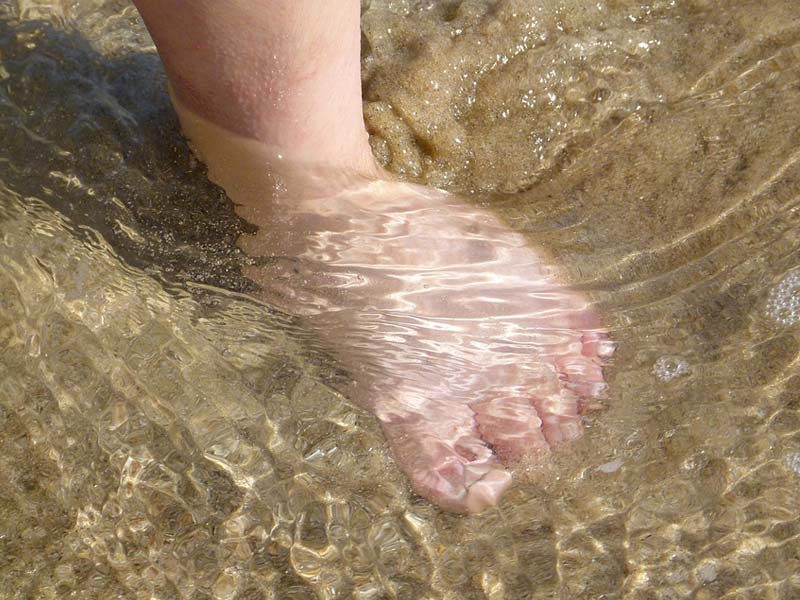Low tides on the Central Oregon Coast reveal all kinds of treasures – manmade and natural—from shipwrecks to agate fields to sand dollars to hard-to-get-to tidepools. The lowest tides of 2019 at Florence-area beaches will span just a few dates in July and August. Early to midmorning will be the best time to venture out.
NOAA predicts the best low tide times this year at Florence-area beaches will be from July 3 to 5, and August 1 to 2. According to their tidal experts, tides of minus one foot are relatively common, but super low tides (those of near or below minus two feet) happen only once or twice a year. Tides are influenced by the proximity and phase of the moon.
Here are some great destinations along Highway 101 within a beautiful drive of about 20 to 25 miles of our inn:
Reminders: Keep an eye on the ocean! Waves are totally unpredictable. Know the times for the tidal changes with a printed tide table or smartphone app and don’t get trapped on the rocks in a rising tide. Also, day-use parking is usually about $5 per park, but a 12-month unlimited Oregon Coast Passport permit is available for $30 at state parks or online. Pack extra towels and dry clothes, snacks, a camera, and binoculars. Consider grabbing a meal to go from one of the many great restaurants near our inn (we’re happy to make recommendations based on your likes or dietary requirements.)
Heceta Head (13 miles)
Heceta Head is famous for its gorgeous lighthouse, but the beach below the landmark is a great place to find tide pools and natural caves as well. Stop by on your way to the lighthouse or make a day of exploration at the park. There are small caves and coves to explore at both ends of the beach.
Strawberry Hill State Park (21.5 miles)
Part of the Neptune Scenic Area, Strawberry Hill offers three distinct kinds of beaches in one location—rocky beach to the south, basalt rock tide pools in the middle, and sandy shoreline to the north. And sea lions. Second to the area around Sea Lion Caves, this is the best place to see the alternately lazy, then frolicking, pinnipeds. Parking is limited here, and the stairway/path from the parking to the water can challenge some folks.
Neptune State Park (22.5 miles)
The Neptune area actually includes four turnouts along Highway 101: Bob Creek, Strawberry Hill, Neptune, and Gwynn Creek (unmarked). They’re all good spots for tidepooling, but Neptune and Strawberry Hill might be your best bets for intertidal life, shelling, and rockhounding.
Cape Perpetua (24 miles)
Cape Perpetua Scenic Area features recreation of all kinds, including excellent tide pooling opportunities at Devil’s Churn, Cook’s Chasm, and a designated tidepooling area (lots of trailside signs point to it). The best parking is on the east side of the highway at the Visitor’s Center with a trail that goes under the road. When the tide is really low, consider walking from Devil’s Churn (about 100 yards beyond the Visitor’s Center turnoff, but on the west side of the highway), around the headland, and across the beach to the designated tide pools. It’s a rare treat as this beach is usually underwater.
The Cape Perpetua area includes the famous Thor’s Well—a bowl-shaped hole worn by the tide through the solid basalt rock from below. During stormy weather, it’s a giant blow-hole. Thor’s Well is one of the most photographed sites along the Oregon Coast, but you must stay fully aware of the waves.
Yachats State Park (26 miles)
There are many tide-pooling locations at Florence-area beaches, but Oregon Parks and Recreation highly recommend Yachats State Recreation Area, a short walk from the main commercial district in town. It features parking, a viewing platform, informational signs, and access to pools on the rocky shore.

